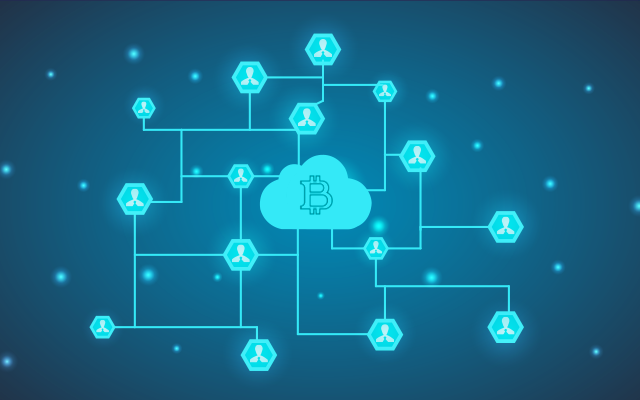This article introduces Flink SQL, a unified stream-batch processing engine, focusing on key concepts like Stream-Table Duality, event time/watermarks.

This is Technical Insights Series by Perry Ma | Product Lead, Real-time Compute for Apache Flink at Alibaba Cloud.

Apache Flink is a stream processing framework with two main interfaces: Flink SQL, which uses SQL for batch and streaming data, and the DataStream API...

This is Technical Insights Series by Perry Ma | Product Lead, Real-time Compute for Apache Flink at Alibaba Cloud.

This article is based on a presentation by Mr. Wang Feng (nickname: Mowen), senior director at Alibaba Cloud and head of the open source big data de.

This is Technical Insights Series by Perry Ma | Product Lead, Real-time Compute for Apache Flink at Alibaba Cloud.

Unified batch and stream processing of Flink is a well-established concept in the stream computing field.

This step-by-step tutorial introduces how to get started with Flink MySQL Connector in 5 minutes.

This article is compiled from the presentation by Ren Qingsheng, committer and PMC member of Apache Flink, at the Flink Forward Asia 2023 core technology session (Part 2).

Explore the differences between Batch Processing vs Stream Processing and their applications in data management for better decision-making.

Uncover the advancements from Apache Hive to Hudi and Iceberg in stream computing, as our expert navigates the transformative landscape of real-time data lakes.

Discover Flink SQL, the high-level API for executing SQL queries across streaming and batch data sets in Apache Flink.

Discover the power of Complex Event Processing (CEP) in deciphering real-time cause-and-effect relationships from diverse data streams.

This article is based on a keynote speech given by Jark Wu, head of Flink SQL and Flink CDC at Alibaba Cloud, during Flink Forward Asia 2023.

This article is based on a keynote speech given by WANG Feng, initiator of Apache Flink Community China and head of Open-Source Big Data Platform at Alibaba Cloud, at Flink Forward Asia 2023.

Ready to dive into real-time data processing? Learn Apache Flink basics & set up with Alibaba Cloud's Realtime Compute for Apache Flink.

This article provides an overview of the research on the transformation practice of Flink 2.0 state storage-computing separation.

Learn about Apache Flink, a distributed data processing engine for real-time analytics. Explore its features, use cases, and comparisons with other frameworks like Kafka and Spark.

Learn about stream processing, its applications, challenges, and Alibaba Cloud's Realtime Compute for Apache Flink solution for real-time data analysis.

Batch processing is a method of handling data where transactions are collected over a period and processed together as a group, or batch.
